Every year that football season is upon us, I get excited. As a die-hard fan of the sport, nothing is more enjoyable to me than sitting on the couch all day as I watch my favorite teams go head-to-head from morning to midnight.
However, as football season approaches, so does another Madden, and with each year that passes, we are sadly reminded of the game that we all lost back in 2013.
That game is NCAA Football.
The collegiate edition of EA’s popular football series was one of the most successful titles that Electronic Arts had on their roster. EA released the game alongside its annual edition of Madden to amass a total revenue of over $1 billion dollars since the series launched back in 1998.
However, due to the controversy surrounding paying college athletes, creative mistakes on EA’s part, and a five-year-long legal battle, NCAA Football 14 is still the final entry in the series.
Just like that, a billion-dollar franchise had vanished.
Why The Series Ended
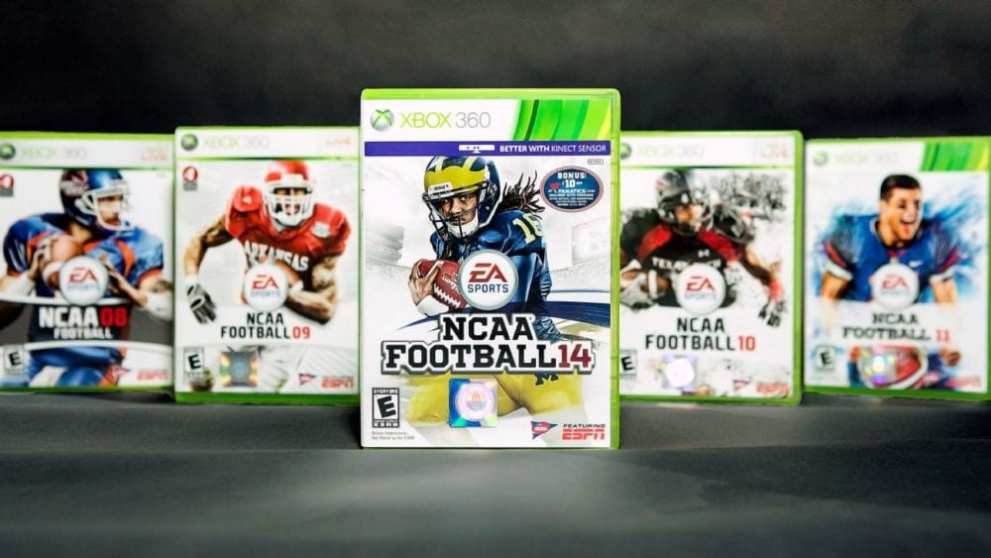
To understand why the yearly NCAA Football series was canceled, you must go all the way back to 2008.
After rival 2K Sports decided to cancel their College Hoops basketball series due to failed negotiations with the Collegiate Licensing Company (the company that owns the licensing rights to college teams), EA Sports swooped in to take sole possession of the market with their game, NCAA Basketball 09.
However, due to their basketball series selling vastly less than the NCAA Football games, EA attempted to boost the sales of NCAA Basketball 09 by including classic teams from the past in a special Tournament of Legends mode.
Rather than just featuring the current roster of athletes that schools had that year, EA decided to add classic teams from various decades that featured former players such as Michael Jordan.
Little did EA know that these decisions would begin the downfall of not only their basketball series, but their entire line of NCAA games, including NCAA Football.
One of the teams included in the Tournament of Legends in NCAA Basketball 09 was the 1995 National Champion UCLA Bruins. Included in that team was a player by the name of Ed O’Bannon, a Power Forward and the Player of the Year for that season.
When O’Bannon got word that the game had used his likeness without any permission, he began the lawsuit now known as O’Bannon V. NCAA.
The lawsuit alleged that EA used O’Bannon’s biographical information, jersey number, shooting style and other features that clearly depicted him and his teammates, but removed their names to avoid having to pay for using their image.
Removing the names of college players was nothing new to EA, in fact, every single NCAA game produced had never contained the real names of players due to the NCAA’s bylaws surrounding amateurism in college athletics (more on that later).
This began a five-year legal battle that would end EA’s NCAA Football series.
The NCAA’s Refusal to Pay Players
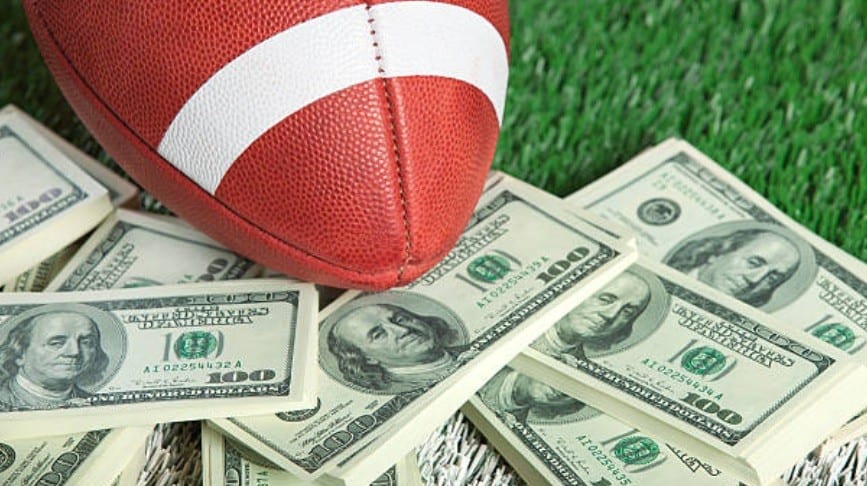
The NCAA is the National Collegiate Athletic Association. They are the non-profit regulators of college athletics for nearly half a million student-athletes spread across the United States and Canada.
However, do not let the term “non-profit” confuse you.
The NCAA makes a fortune off of collegiate athletes that excel at their sport, banking over $1 billion dollars of revenue in the 2017-18 fiscal year alone.
Sports like College Basketball, Football and Baseball are money-making machines, yet, the players that are risking their bodies for the NCAA’s benefit, are not paid.
Student-athletes instead are given a full-ride scholarship to attend the university that they choose to play for, a value that is worth tens of thousands of dollars depending on the school. This might sound like a fair trade, but when a school like Duke rakes in nearly $31 million dollars from their basketball program alone, the math doesn’t add up.
Students that join the school’s athletic program are not only asked to spend nearly 40 hours a week on practice, film study, and schoolwork, but are also expected to risk their bodies on the field for the benefit of a school that will not pay them.
Most reasonable people would be asking themselves how exactly is this legal?
The reason the NCAA is able to continue these practices is due to their classification of the student-athletes as being amateurs.
Amateurism in the NCAA prohibits players from making any sort of profit from their name or likeness while in school, and we mean any profit.
The bottom line here is that the NCAA simply does not want to pay its college athletes. They would rather pocket the one billion dollars that they earn annually instead of allowing the student-athletes to profit off their own name and talent.
The classification of college athletes being amateurs is the driving force behind the constant legal battles that the NCAA faces from former athletes and other organizations, which leads us into the lawsuit in question: O’Bannon V. NCAA.
The Lawsuit: O’Bannon V. NCAA
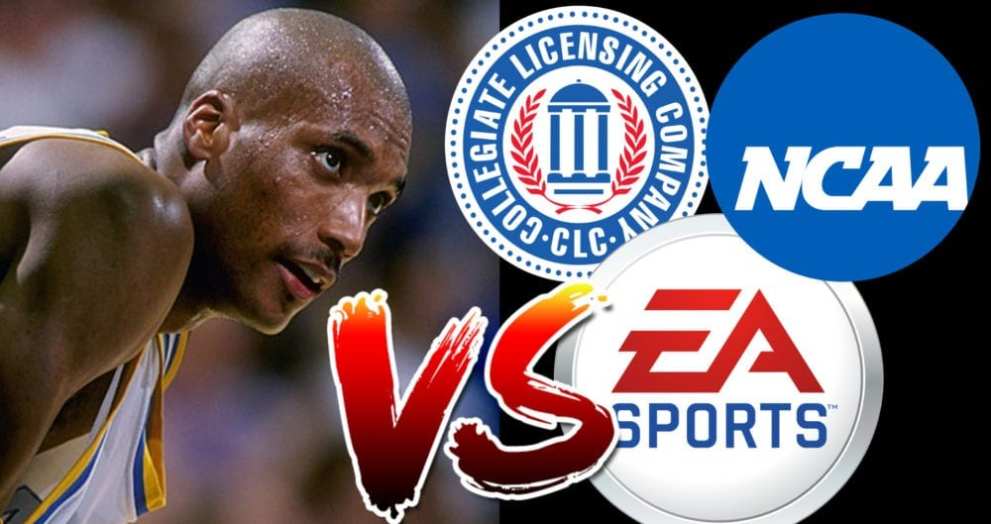
In 2009, Ed O’Bannon and 20 other former college athletes filed a lawsuit against the NCAA, EA and the CLC (Collegiate Licensing Company) claiming that players should be awarded compensation for use of their image.
The lawsuit’s main point of evidence was the use of the 1995 UCLA Bruins team in the NCAA Basketball series developed by EA Sports.
In the game, it featured the players of that classic team, equipped with their iconic numbers, exact weight and height, shot style, and biographical information, but also stripped the players of their names to avoid compensating them for their likeness.
As this lawsuit was battled out in the courts for nearly five years, EA was forced to discontinue the series until the legal dispute was settled.
A once billion-dollar video game franchise vanished and NCAA video games were no more.
Due to the NCAA’s rules surrounding compensation for student-athletes, EA Sports was able to benefit off the back of hundreds of thousands of people over the years by using their image in games without paying them anything.
The court case finally came to a close once the NCAA, EA, and the CLC came to a settlement of $40 million dollars. This settlement gave as much as $4000 dollars to nearly 100,000 current and former student-athletes that had their likeness represented in the NCAA sports games.
EA Sports and the NCAA are now free to create college sports games as long as they do not intentionally use the likeness of any current or former players.
Although Ed O’Bannon began the lawsuit that started it all, figuring out why this happened for losing the NCAA Football games is more complicated than pointing the finger at one person.
The issue is rooted in the self-created bylaws of the NCAA and EA’s willingness to go along with benefitting off a college athlete’s image without repercussion for as long as they did.
Ed O’Bannon was doing what was right for the hundreds of thousands of student-athletes that had their likeness appearing in NCAA games without their consent, and the result of that was the end of NCAA games.
The Sad Part Of It All
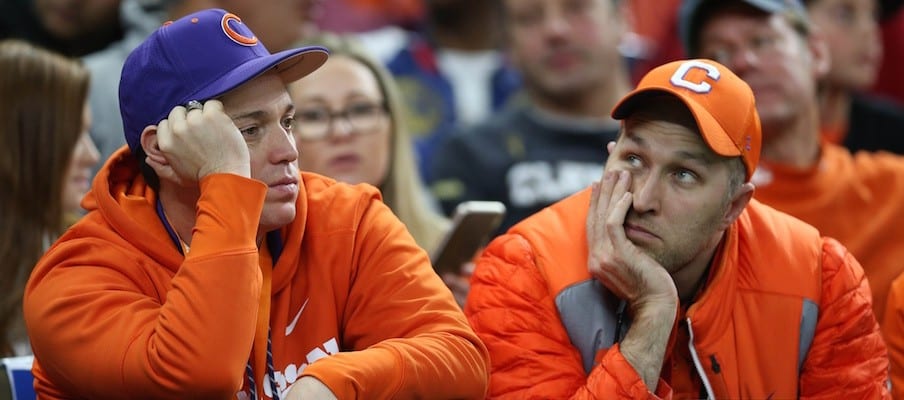
While the lawsuit focused on the profits gained by the NCAA and EA for their use of player’s likeness, what actually made the NCAA Football games so great was not the fact that you got to play as Ed O’Bannon or other current players.
What made the games great was what came after the initial roster; the ability to recruit and manage your own players.
The NCAA Football games were known for having a notoriously robust Dynasty Mode, where the player took on the role of the head coach of a University as they worked their way up the ranks of college football.
In Dynasty Mode, you would recruit your own randomly generated players to add to your roster for the following year. Each week, you could allot a certain amount of points towards a player to get them to sway in your school’s favor.
These are completely randomly generated players that have zero likenesses of anyone and are not depicting any current or former player.
It was this simple recruiting mechanic that turned my love of the series into an all-out obsession.
Before I knew it, I had created backstories for the players I recruited, I was mourning when they got injured, I cursed them when they transferred to a rival school and I vowed to seek revenge by scheduling their new school every year until that player graduated, ruining their chance at a perfect season (I know, I’m a monster).
It was this team-building process and organic headcanon that brought these games to a whole new level, and I am not the only one with this weird fixation for building my team and creating backstories.
There are multiple YouTube series and Reddit posts detailing people’s seasons and stories, all that they come up with on their own.
Whether its a story they developed in their head or it naturally evolves given the way their season goes, it was an unspoken aspect of the game that could never be advertised on the back of the box.
The game doesn’t tell you that the two-star quarterback you recruited will become a Heisman Trophy winner one day, you brought him to your school because you had the confidence in him.
The game doesn’t create an elegant backstory for your players, you do that yourself by just playing the game and having the experience of nail-biting victories and excruciating losses.
Before you know it, you have a trophy hall filled with gold from the accomplishments of past recruits, players you chose to have on your team.
But because of legal issues and the NCAA refusing to award college athletes any type of compensation, the only people left to feel the brunt of the loss are the fans of NCAA Football.
What is Next for NCAA Football?
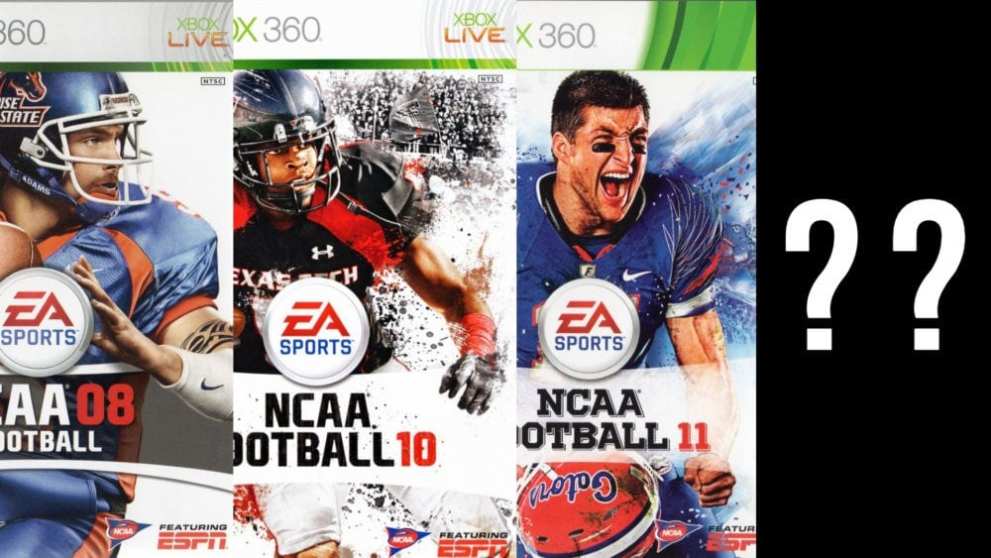
At the time of writing this article, there are no plans on the horizon for EA to develop another NCAA Football game that we know of, despite them being legally allowed to do so.
Once the new consoles arrive in the next few years, we will have officially gone an entire generation without seeing a single NCAA Football game.
If people want to play a college football game in 2019, the only option they have is to dust off an older console or try their hand at one of the many Madden 19 NCAA mods for PC (although they are very limited).
However, there is a light at the end of the tunnel.
With the release of Madden 20, NCAA Football fans finally get their first glimpse of college football action on a next-generation console, albeit extremely limited.
In Madden 20’s new Face of The Franchise mode, the player is put in the shoes of a college quarterback as he attempts to make it to the NFL.
The game allows you to choose one team out of ten and play through two full NCAA matches, giving college football fans the glorious collegiate action that has been absent for nearly seven years.
For someone who has accepted the fact that I may never see another NCAA Football game in my lifetime, this was a small treat that I am very appreciative of EA including.
The good to take away from this is that EA has not forgotten about us NCAA Football fans, clearly. The inclusion of ten teams and two games may have been a hint that something greater is in store down the line.
As we know, EA can freely make a new NCAA game as long as they aren’t using current or former player’s likeness without their permission.
This means that the next College Football game we see might have your favorite team’s players wearing the wrong numbers, they might be from Mississippi instead of Texas, or they might not even exist at all.
But the truth is we don’t care, its NCAA Football, and we still want it.
